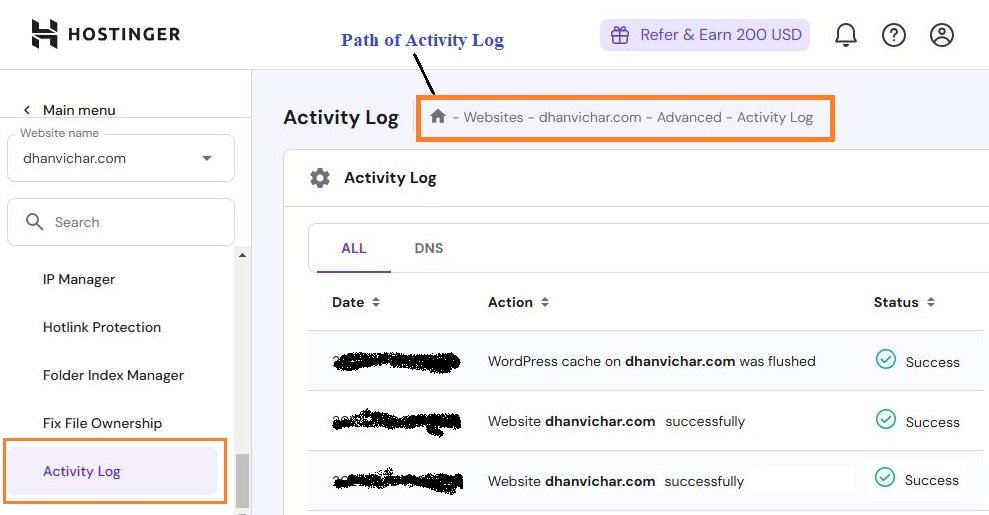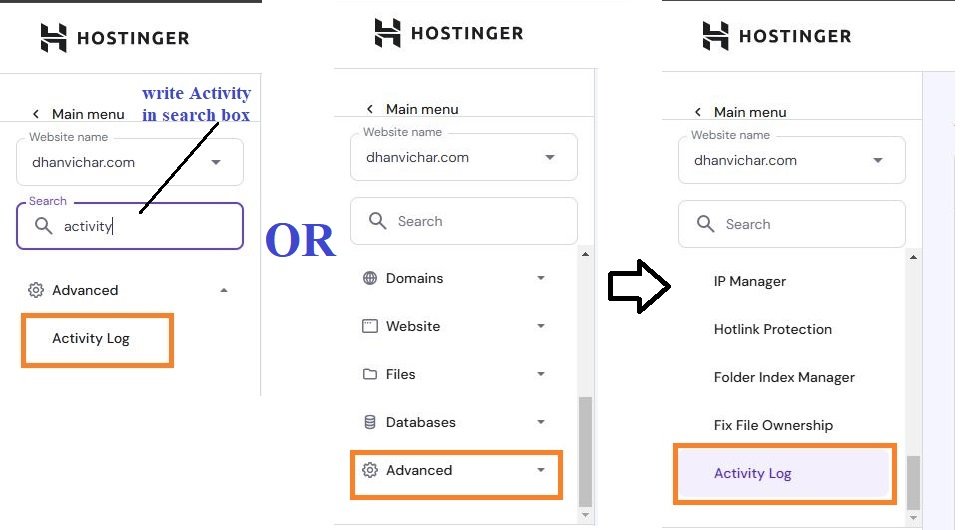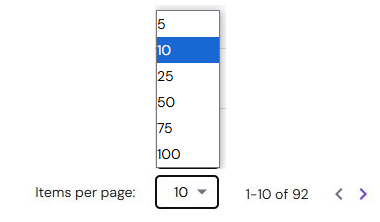Mutual funds are a popular choice in India. They help people invest easily. In fact, you don’t need to know a lot about money to start. In this guide, we will cover their types, benefits, and how to invest.
What Are Mutual Funds?

Mutual funds pool money from many investors. Then, they invest this money in different things like stocks and bonds. Each investor owns parts of the fund. Additionally, the value of these parts depends on the fund’s net asset value (NAV).
Professional managers make investment decisions for everyone.
Moreover, to learn how mutual funds work, visit the Securities and Exchange Board of India (SEBI).
If you’re new to investing, you may have heard the term Net Asset Value (NAV). But what does it really mean? In this blog, we will explain what NAV is, why it matters, and how it can help you make smarter investment decisions.
What is Net Asset Value (NAV)?
Net Asset Value (NAV) is the total value of a fund’s assets, minus its liabilities. It is the price at which mutual fund or ETF shares are bought and sold. NAV helps investors understand how much a share in the fund is worth at any given time.
How is NAV Calculated?
The formula for NAV is simple:
NAV = (Total Assets – Total Liabilities) ÷ Outstanding Shares
Let’s break it down:
- Total Assets: The value of everything the fund owns (stocks, bonds, cash, etc.).
- Total Liabilities: The fund’s debts or obligations.
- Outstanding Shares: The number of shares the fund has issued.
By subtracting liabilities from assets and dividing by the number of shares, you get the NAV per share.
Why is NAV Important?
NAV tells you the true value of a fund. Here’s why it matters:
1. Helps You Understand Value
NAV gives you an idea of whether a fund’s share price is high or low. If the market price is higher than the NAV, the fund might be overvalued. If it’s lower, it might be undervalued.
2. Informs Your Investment Decisions
NAV helps you decide whether to buy, sell, or hold your investment. By checking the NAV, you can see if the fund is performing well.
3. Offers Transparency
Most mutual funds and ETFs calculate and publish NAV every day. This transparency lets you track how your investment is doing.
How Often is NAV Calculated?
NAV is usually calculated at the end of each trading day. This gives you the latest value of the fund to help you make decisions. For ETFs, the market price may change during the day, but NAV is updated only once per day.
NAV vs. Market Price: What’s the Difference?
NAV reflects the actual value of the fund’s assets. The market price, on the other hand, is the price investors are willing to pay for the shares based on supply and demand.
For example, in an ETF, the market price can be higher or lower than the NAV due to market conditions. In a mutual fund, shares are bought and sold at the NAV price.
Types of Mutual Funds in India
Next, let’s explore the types of mutual funds. Mutual funds come in different types. Here are the main ones:
| Type | Description |
|---|---|
| Equity Mutual Funds | These funds mainly invest in stocks. Thus, they aim for high returns, but they also have higher risk. |
| Debt Mutual Funds | These funds invest in bonds. Because of this, they are less risky than equity funds. This makes them a good choice for conservative investors. |
| Hybrid Mutual Funds | These invest in both stocks and bonds. This helps balance risk and return. |
| Index Funds | These funds follow a market index, like Nifty 50. Furthermore, they usually have lower fees compared to actively managed funds. |
| Sectoral Funds | These focus on specific sectors, like technology. In fact, they can offer high returns, but they come with higher risk. |
For more information, read our Guide to Investment Vehicles.
To learn more, visit the Association of Mutual Funds in India (AMFI).
Benefits of Investing in Mutual Funds

Investing in mutual funds has many benefits. First, they offer diversification. This means mutual funds invest in many securities. Therefore, this lowers the risk of losing money on one investment.
Next, there is professional management. Fund managers make informed choices based on research. This helps those who don’t have time to manage investments.
Moreover, mutual funds provide liquidity. You can buy or sell units on any business day. This gives you easy access to your money when you need it.
Furthermore, many funds have low minimum investment amounts. As a result, they are affordable. Systematic Investment Plans (SIPs) let you start small and invest regularly.
Finally, there is transparency. Regulated by SEBI, mutual funds provide clear information. Consequently, you can easily see how your money is doing.
For more on benefits, see our Investment Benefits Overview.
To explore performance data, check out Moneycontrol.
How to Invest in Mutual Funds
Investing in mutual funds is simple. Here are the steps:
- Determine Your Goals: First, think about your financial goals and how much risk you can take. This helps you choose the right fund.
- Choose the Right Fund: Next, pick a fund that fits your needs. You can use online tools to compare funds.
- Complete the KYC Process: Then, finish the Know Your Customer (KYC) process. This requires proof of identity and a photo.
- Select an Investment Mode: You can invest as a lump sum or through a SIP. In fact, SIPs allow you to invest a set amount regularly.
- Monitor Your Investments: Regularly check how your funds are doing. Most fund houses offer online platforms for tracking.
For a step-by-step guide, read our Beginner’s Guide to Investing.
To learn about KYC requirements, visit the SEBI KYC Guidelines.
Tax Implications of Mutual Funds
Mutual funds have tax rules to know about. First, let’s look at equity mutual funds. Long-term gains (LTCG) are tax-free up to ₹1 lakh per year. However, gains over this amount are taxed at 10%. Short-term gains (STCG) are taxed at 15%.
Next, consider debt mutual funds. Gains are taxed as well. For example, short-term gains are taxed at your income tax rate. On the other hand, long-term gains are taxed at 20% with benefits.
Additionally, Tax-Saving Funds (ELSS) offer tax benefits under Section 80C. Investments up to ₹1.5 lakh per year can get deductions.
For more on tax-saving options, see our Tax Planning Strategies.
For updated tax rules, visit the Income Tax Department of India.
Risks Associated with Mutual Funds
Mutual funds have some risks. First, there is market risk. Equity funds can change based on market conditions. Therefore, it’s important to invest according to your risk level.
Next, consider interest rate risk. Rising rates can lower the value of debt funds. Be aware of this risk.
Also, debt funds may face credit risk if issuers fail to pay. Furthermore, the performance of mutual funds depends on the manager’s choices. Consequently, poor management can lower your returns.
For more on managing risks, read our Investment Risk Management guide.
To get more insights, visit NSE India.
Choosing a Mutual Fund Advisor

Talking to a financial advisor can be helpful. A mutual fund advisor can:
- Assess Goals: Help you understand your investment goals.
- Select Funds: Recommend funds that suit your needs.
- Monitor Investments: Assist in tracking and adjusting your investments.
For tips on picking a financial advisor, check our Choosing a Financial Advisor guide.
You can find certified advisors through the Financial Planning Standards Board (FPSB) India.
Conclusion
In conclusion, mutual funds offer a simple way to invest in a diverse portfolio. They provide benefits like professional management, liquidity, and affordability. By understanding the types of mutual funds, their benefits, risks, and tax implications, you can make smart choices. Whether you’re experienced or just starting, mutual funds can be valuable for your investment strategy.
For more resources on investment strategies, explore our Investment Resources section.
Finally, stay updated with the latest financial news on Business Standard and The Economic Times.
Invest wisely and make the most of your mutual fund investments in India!









